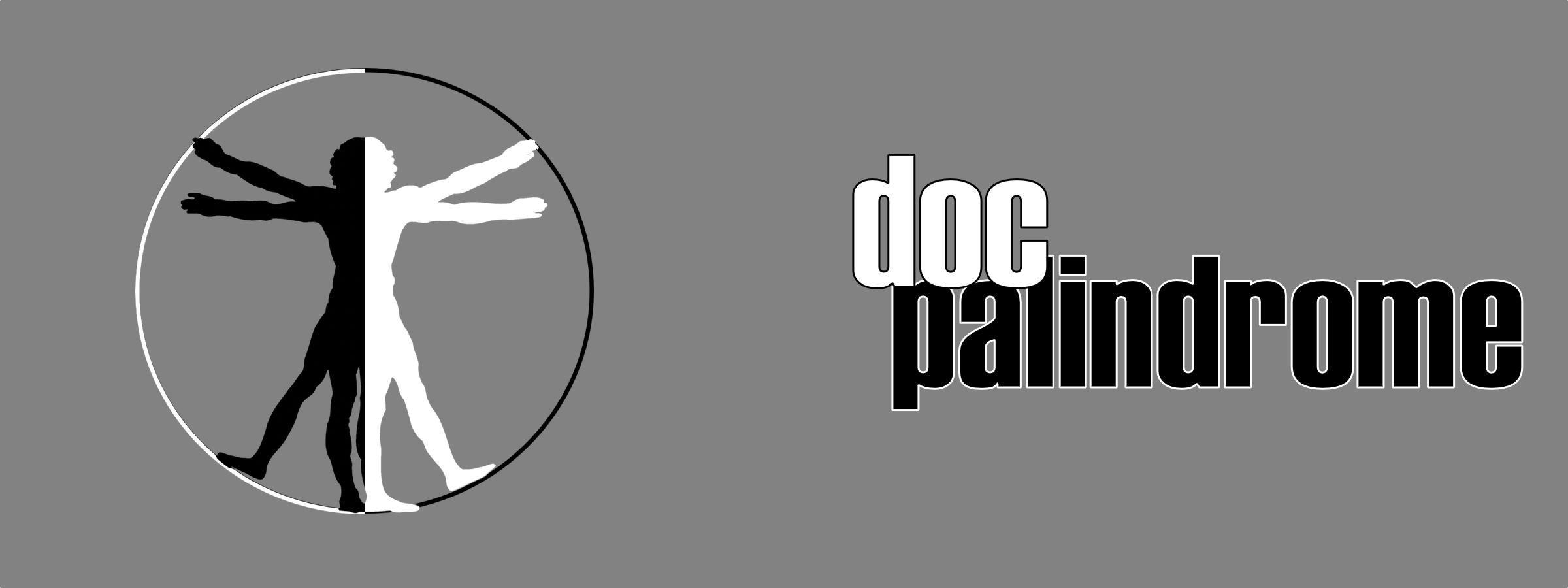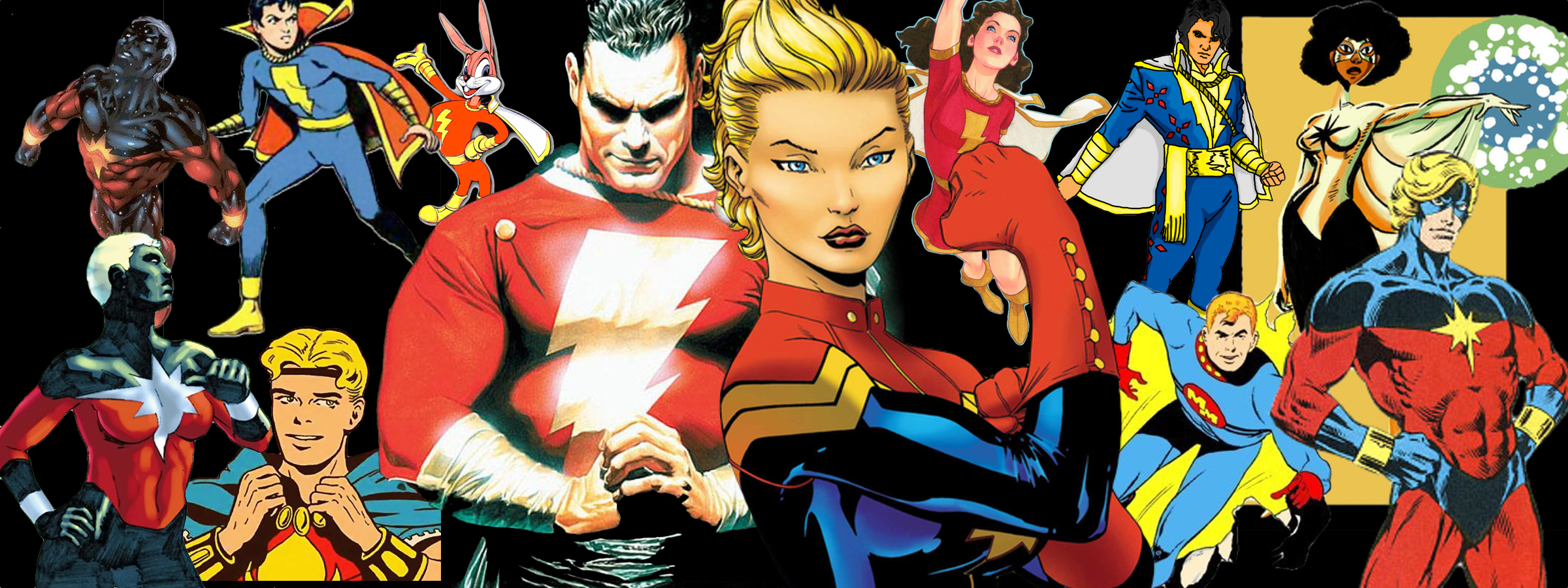Soon after the announcement of the Captain Marvel film, I wrote and published an article entitiled, ‘Five Ways to do Captain Marvel the Right Way.’ It was a bit of a ‘listicle’ and I will forever apologize for listicles because I think they’re kind of hackneyed.
However, the point of the article was to illustrate that, for the character of Captain Marvel, the filmmakers could embrace any possibility. The five options I noted were; in order of ascending magnitude – cast someone who is an up-and-comer as a white Carol Danvers (I should note that Natalie Dormer was my favorite option, here), cast someone of a more varied melanin-tone and cultural background (my favorite, of my suggestions, was Gabrielle Union), make the character homosexual (I didn’t even indicate male or female, doesn’t matter, bold move no matter what!), Kat Dennings’ Darcy Lewis from the Thor films (which, really, is like my favorite of all the options), and… *ahem* skyefromagentsofS.H.I.E.L.D.ignorethatonebecauseit’sclearnowthatthat’snotthecasesolet’sjustleaveitaloneandmovingon…
The article was posted on Reddit and the Reddit community embraced it with the usual exuberance, which is to say, they tore it apart. Ignoring the fact that my option numero cinco was the thing they all seemed to want more than anything in the whole, wide world, a white, blonde woman (well, except Katee Sackoff, please, Marvel, don’t let Captain Marvel be Katee Sackoff!), and ignoring the fact that I clearly denoted the extensive background of the character which would lend itself to a variety of film options, those who took the time to read the listicle were clearly unimpressed with my options.
But none of them run geeky websites.
And I do.
Okay, so let’s really get into the nitty-gritty of the many characters that have been called ‘Captain Marvel.’
Cover-dated ‘February, 1940,’ the first issue of Fawcett Publications’ Whiz Comics was #2. It was the Golden Age of Comics and that sort of crap happened all the time. The cover of this title would be the first many a child would see of Captain Marvel and, within the pages, writer, Bill Parker, and artist, C.C. Beck, wove a tale of pre-teen, homeless newsboy, Billy Batson, who follows a mysterious stranger to a subway car that takes him to a magical cave where an ancient, bearded wizard empowers him with the attributes of six gods, Solomon, Hercules, Atlas, Zeus, Achilles, and Mercury so Billy can battle the forces of the evils of man.
Um…
I just read that back.
That couldn’t have been copacetic, even then.
Anyways, Billy just has to say the magic word, ‘SHAZAM!’ and lighting transforms him into Captain Marvel!
Marv enjoyed a long run as a popular character, eventually adding the legendary Otto Binder as a replacement for Bill Parker. Binder would develop the mythology of the character in such a way so as to offer a less serious option for those who found Superman stories too obtuse.
However, DC, then called ‘National Comics,’ didn’t like Captain Marvel, stating that the character was too close to Superman or even that he was derivative of the character; completely ignoring the fact that they were making stupid profits on Superman and paying the creators jack shit for creating the character. Choosing a inventive stance on creator rights, National sued Fawcett.
And lost.
See, Captain Marvel comics were out-selling Superman comics! Tons of additional characters were added with similar abilities; Captain Marvel, Jr., Mary Marvel, the Leiutenent Marvels, Uncle Marvel, Freckles Marvel, Hoppy the Marvel Bunny; debuted long before any of the similar Superman-derived characters! Some guy named Elvis Presley, a huge fan of Captain Marvel, took a lot of his look from the character, including the hair, the cape, the lightning bolt, and his signature dance moves! Red necks were saying, ‘SHAZAM!’ on TV instead of swearing, like they do now!
But it was determined, in a court of law, that the character diverged enough from Superman that he was not in violation of copyright. National/DC, ever the good sports, appealed and won. Anything Captain Marvel was cancelled by Fawcett by 1954, and the company eventually faded away, with Charlton Comics purchasing a number of the sellable properties. The Captain Marvel concepts, however, would remain in limbo, for some time.
Then, Stan Lee happened.
So, soon after that, DC decided to… sorry? Oh, you need me to expand on the ‘Stan Lee’ thing?
Listen, I don’t give ‘Stan, the Man’ as much credit as others do for creating all of the characters in the Marvel Universe. Universally, Stan’s claims of creation have been disputed by those creators who were there, at the beginning of the Marvel Age; specifically the late, great, Jack Kirby and the generally early, but still great, Steve Ditko, both of whom provided art on nearly everything Marvel produced in the first few years. As both creators, prior to Marvel Comics and long after, created dozens and dozens of imaginative, compelling characters and Stan, frankly, has seemingly only told stories alongside other artists who stake claim on the work, I am willing to put stock in the arguments put forth by Kirby, Ditko, and their peers.
However, where Stan Lee excels, even to this day, is as a shill artist. He works the angles and finds the best means to ends in order to ensure that the company he’s supporting, most often Marvel, looks better and seems better than the competition. He’s a ‘style over substance’ guy and there is something to be admired about that. No matter his actual contribution to the stories of the early days, it’s an undeniable fact that, without Stan’s devious and brilliant business acumen, Marvel would have been crushed.
In fact, that acumen led to the company being called ‘Marvel,’ in the first place.
Remember how I said that Captain Marvel Comics outsold Superman and were, basically, a cultural phenomenon? Well, Elvis and Gomer Pyle weren’t the only ones to notice this. Stan Lee did, as well. In fact, I guarantee that Stan paid very close attention to the trial. He was editor and writer for Atlas comics which, years prior, had been called Timely Publications. Timely’s first major success (which happened to be its first publication) was entitled ‘Marvel Comics.’ It became ‘Marvel Mystery Comics’ with the second issue, for some reason, but, regardless, Marvel Comics was, most certainly, a sellable name.
Especially since the top comic books, for years, had the word ‘Marvel’ in the name.
It was just under 8 years after the cancellation of the Fawcett series that Atlas Comics re-launched as Marvel Comics with the publication of Fantastic Four #1 and, in March of 1968, 14 years after Fawcett’s cancellation of the Captain Marvel series (and very soon after the lapse of that trademark), Marvel introduced, in a comic called ‘Marvel Super-Heroes,’ a guy named Captain Mar-Vell.
From a race called the Kree, which had been introduced in Fantastic Four as an enemy of the popular Skrulls, Mar-Vell is a loyal Kree soldier who does not get along with his commanding officer and decides to protect humans while observing them. In his second appearance, his commanding officer attempts to activate a device which will enable him to gain god-like powers at the expense of lots of humans. Mar-Vell stops his commander and ends up branded a traitor to his people.
More notable, in this second appearance, is the debut of Air Force officer, Carol Danvers. Sometime later, she would be exposed to alien energies and transformed into a Kree-Human hybrid. This would serve to give her powers of her own which would lead to Carol taking the identity of Ms. Marvel, in homage to Mar-Vell, and starring in her own title. In addition, Mar-Vell was eventually re-vamped so that he had a secret identity of Rick Jones who would switch places with the hero who had been stuck in the Negative Zone.
It should be noted that Timely/Atlas/Marvel Comics had a legacy of the ‘Marvel’ name with a pedigree across multiple decades. With the aforementioned ‘Marvel Comics/Marvel Mystery Comics’ title running from 1939 to 1957, there was also the debut of a character called ‘Marvel Boy,’ in 1950. Thus, despite the fact that the name ‘Captain Marvel’ was derivative, the pedigree of the use of ‘Marvel,’ as a term had been clearly established during the entire publishing history of the comic book company that would become Marvel Comics.
For his part, Stan was willing to commit to publishing a title with Captain Marvel on the cover once every couple of years in order to retain the copyright to the name. Even if sales were low, the retention of the name was worth the occasional loss.
Soon after the Marvel ‘Captain Marvel’ series began, DC decided to purchase the remaining Fawcett properties, including the Captain Marvel characters and names. This was definitely going to work out perfectly for them, right?
Well…
Meanwhile, in the United Kingdom, with Fawcett having folded, a publisher named Len Miller found himself in a rough situation. Having been reprinting Captain Marvel comics in black and white, Miller had built a loyal base of post-war fans who were willing to shell out their hard-earned cash for the product. When the product dried up, Miller scrambled to retain his readers and turned to a guy named Mick Anglo.
Anytime you have a story this complex with so many legal twists and turns, introducing a British guy named ‘Mick’ into the mix can only go poorly.
Anglo transformed Captain Marvel into ‘Marvelman,’ continuing to reprint a number of the stories while adding a handful of new ones. Marvelman was a young reporter named Mickey Moran who met an astrophysicist that granted him superhuman abilities when he said the word ‘Kimota!’ that were based off atomic energy.
In other words, a British guy named Mick came up with a completely fucking insane plan.
I’m not shocked by that fact.
Regardless of the madness of the premise, Marvelman did quite well until British law allowed American comics to be distributed in Great Britain. I can only imagine the British children feeling hurt as they realized that everything about Marvelman was either completely unoriginal or completely insane. Still, this didn’t prevent Marvelman from entering into a revival in the early 1980s which is some of the earliest work of a bearded madman named Alan Moore. These stories, from the anthology magazine Warrior, were abruptly cancelled; ostensibly because Marvel Comics objected to the use of the word ‘Marvel’ but actually because Moore and the publisher couldn’t agree.
Repeating that story will essentially give you a perspective on Alan Moore’s entire career. Brilliant, but hard to work with.
While all this was going on, across the pond, DC began publishing the Fawcett Captain Marvel in a title called ‘Shazam!,’ apparently determining that the character wasn’t too derivative of Superman, as it turns out. Shazam! took place in Fawcett City, which was, obviously, nestled somewhere in that state in the DC Universe that holds all those fake cities (as a note, if you live in a medium or smaller city, that city probably doesn’t exist in the DC Universe because it’s been replaced by Opal City, or Star City, or something). The adventures, at this time, were fairly banal, notable only in that they brought back a foe of Captain Marvel that had appeared, prior, in only one story, Black Adam, as a reoccurring foe.
Black Adam will be portrayed by Dwayne ‘The Rock’ Johnson in an upcoming film.
So, as of the early 1980s, Captain Marvel was being published by three different companies, as three different characters – DC publishing Shazam! with Captain Marvel/Billy Batson, Marvel publishing Captain Marvel with Captain Marvel/Mar-Vell/Rick Jones, and the Warrior stories with Marvelman/Micky Moran who had begun as Captain Marvel.
It was about this time that one of these characters would take on a foe that could not be beaten.
Cancer.

